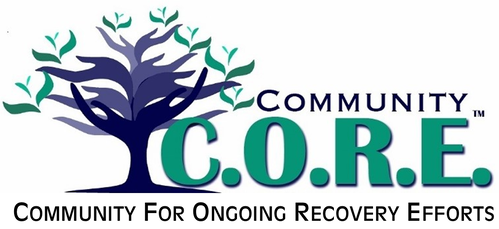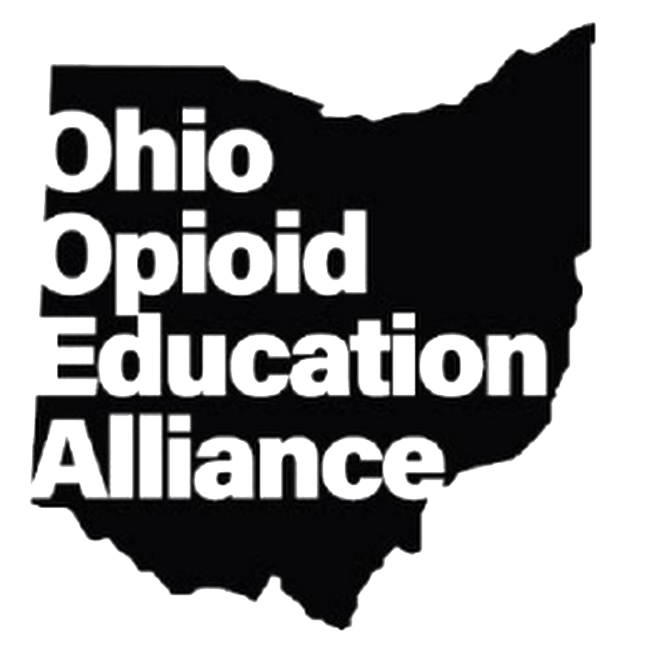The Youth Council will meet the following dates and at these locations through August.
Sunday, April 15th 2-5 pm Camp Willson Sunday, May 20th 2-5 pm Camp Willson Sunday, June 10th 2-5 pm Hilliker YMCA Sunday, July 15th 2-5pm Hilliker YMCA Sunday, Aug. 12th 2-5 pm Camp Willson Hope Over Heroin: One survivor's story
"My son walked into the kitchen and was crying trying to get me to stop. He said mommy, don't. By then I grabbed a set of butcher knives on the counter."
It wasn't the first time she tried to kill herself. But Dinovo wasn't always hooked on drugs or heroin. She grew up in Bellefontaine. Her mother, Robin Burton said she was your typical teenager. "Just an all American girl, " she said. But when Dinovo moved away on her own, she found herself mixed up in a lifestyle of partying and pills. "I tried pretty much everything, " she said. "I used heroin. I snorted it, I smoked it and finally, I shot it up." She hid her addiction for 10 years, always thinking she had it under control, but her mother knew. When Dinovo moved back to Ohio, mom was there by her side to fight back against the addiction. "Addiction attacks everything, every single part of who they are," said Burton. There were detoxes and relapses, but Burton would not give up on her daughter. " I never forgot the person inside, who I knew she was, " said Burton. Now, four years clean, their relationship is stronger than ever. They are sharing their story to let people know there is life after addiction. "It's amazing how things can change and you can get better. you can. I'm living proof," said Dinovo with a smile. Local churches getting involved with drug abuse solution through new Celebrate Recovery program2/1/2018
Celebrate Recovery, which has had at least one prior incarnation in Logan County, is a 12-step program, much like Alcoholics Anonymous, Narcotics Anonymous or Overeaters Anonymous except it is founded in the Christian religion, Pastor Doehrmann explained.
“The primary piece is that this is a Christ-centered program,” he said. “We refer to Jesus not to a higher power.” The group also welcomes individuals struggling with any “habit, hangup or hurt” but is otherwise like many other sober support groups, he said. “Support-wise this group is really caring and the accountability and grace is amazing.” Meetings begin with music and singing, followed by a video lesson on one of the 12 steps and the eight principles that make up the program. The whole group then prays together before dividing up into smaller groups of men and women who share their own personal experiences with drugs or negative behaviors.
"It's our local version of an opioid task force," said Tammy Nicholl.
The group uses a four-prong approach, dividing the groups into teams. One team is prevention, another treatment and recovery. There's the medical team and the legal and advocacy team. Each team reports to the group on their successes and needs. What they're doing seems to be working, the number of overdose deaths is going down. In 2016 the county registered 13 overdose deaths. In 2017 there were 8 in the county. The numbers are small, but the impact is great. "We are trying to offer hope through treatment and prevention. If nothing else to let them know we're going to win this battle and that the future looks better," said Marshall. A breakthrough for this community as they come together to tackle this crisis.  by Ruben Mees, Bellefontaine Examiner Despite a record high 5 overdose deaths to start 2017, the year actually saw a decline in the total number of deaths — a positive sign that proactive measures being developed by the local opiate task force are working. “What we do know is that we are seeing a drop from 2016 to 2017,” Tammy Nicholl, co-chair of the Coalition for Opiate Relief Efforts said at the group’s quarterly meeting Wednesday. Locally, there were 8 overdose deaths in Logan County in 2017, although 4 additional Logan County residents were pronounced dead of drug overdoses outside Logan County, Nicholl said. Of those 12, 5 deaths were in January 2017. 2017 OVERDOSE DEATHS 2017 started out with an exceptionally high number of overdose deaths of Logan County residents, but there was only one death recorded in the past six months. January 5 February 3 March 1 April 1 May 0 June 1 July 0 August 1 September 0 October 0 November 0 December 0 The total is down from 13 deaths in 2016, but that year’s total did not include out-of-county deaths, she told the coalition members. Over the course of the year, local first responders administered 135 doses of the overdose reversal medication naloxone — a piece of data that was not adequately captured prior to 2017. Of the 135 total doses, some were administered as multiple doses on the same run, CORE co-chairman and pharmacist Steve Marshall noted. “Narcan (a trade name for naloxone) only works a short period of time; so a lot of times when dealing with a lot stronger medications, it takes more to keep them breathing,” he explained. Nearly all overdose cases involve the synthetic opioid fentanyl, Sheriff Randy Dodds noted, adding he was pleased to see the spike in deaths to start 2017 did not carry through to later months in the year. “The way it started off, I thought we were in for it, but it tailed off,” the sheriff said. “We did learn we have to be a lot more careful how we handle drugs now. We mask up and wear gloves because the stuff out there now is so dangerous.” In September, CORE will mark its official fourth birthday and the group discussed a possible dinner as it had in both September 2014 and 2016. Bellefontaine Police Chief Brandon Standley said he has been in contact with Sam Quiñones, the author of the acclaimed book Dreamland, to try to get him to speak at the event. Steven White, regional director for Sen. Rob Portman’s office, attended and discussed federal funds available through the Comprehensive Addiction Recovery Act and the state-administered grants through the Cures Act. “We want to make sure Logan County can get access to some of that money for some of its key projects,” White said. “One of the big things we have to do as a community is to figure out what grants we are going to go after and put our best foot forward.” Four areas have already been identified, Logan County Family Court administrator and grant writer Annette Deao said. Among them are a health educator for the community, creating detox beds or an inpatient rehabilitation center, creating new peer support opportunities and increased funding for the Logan County Joint Drug Task Force. Other CORE team members highlighted the following successes from 2017: • An overdose response team was formed between law enforcement, social services and sober support peers to reach out to individuals who overdose and the group has made numerous contacts over the course of the year. • Several new sober events and activities, including a recent New Year’s Eve party, four new weekly sober support meetings and Celebrate Recovery launched last year. • Local physicians have increased their ability to prescribe medication-assisted treatment drugs, including both Suboxone and Vivitrol. • Local doctors, including the Mary Rutan Emergency Department physicians, have continued to move along discussions about prescribing opiates for pain relief, while nearly all pharmacists are continuing to use the Ohio Automated Rx Reporting System to track opioid prescriptions. • Medication take-back programs, including stationary drop boxes at the Logan County Sheriff’s Office and Russells Point Police Department, have netted more than a ton — 2,000 pounds — of unwanted medications since the program’s inception in 2010. • A conversation has begun about the need for local detox beds and providing a better bridge to therapy for individuals who are beginning withdrawal from opiates and other addictive drugs. • Educational efforts continue in the schools to steer youths away from drug and alcohol use. • The Logan County Family Court has become the central drug testing service for Logan County programs and administered 5,812 drug screens in 2017 with 12 percent positive results compared to 17 percent the year prior. A news crew from WSYX-TV in Columbus was also present at the meeting and the station is planning to air a segment on Logan County’s recovery efforts on Thursday, Jan. 18. The next full meeting of the CORE coalition is set for 5 p.m. Thursday, April 11, while CORE team leaders meet at 12:30 p.m. Thursday, Feb. 15. Both meetings are at Union Station, 613 Hamilton St. Ring in the New Year at a Community New Year's Eve Party this year! Logan County C.O.R.E. is hosting a family-friendly event complete with music, games, prizes, fun activities, food and refreshments at the Union Station Community Center in Bellefontaine from 8 p.m. to Midnight on Sunday, December 31st. A Sober Support Group meeting will be held at 9 p.m. Contact Us for more information.
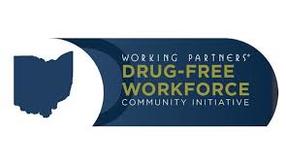 Community C.O.R.E. has partnered with the Logan County Chamber of Commerce and 4 local businesses - NEX, BelleTech, Logan County Co-Op, AcuSport - on a grant for a Drug-Free Workforce Community Initiative. About the Initiative (July 1, 2016 - September 30, 2017) Funded by OhioMHAS, Working Partners® has begun a process of working with 18 counties applying the Working Partners® Drug-Free Workforce Community Initiative approach. A Community Behavioral Health Board (e.g., ADAMH Board), along with a local chamber of commerce, will be keystones of an interdisciplinary stakeholder group established in each county, with a focus on increasing an employable, drug-free workforce in Ohio. Other members of each local stakeholder group will include the Bureau of Worker’s Compensation, Safety Councils, Job and Family Services/OhioMeansJobs, County Commissioners, Economic Development Organizations, local businesses and media outlets. The stakeholder group in each county will meet approximately 5 times through September and represent their unique perspective and needs as they relate to the goal. There will be 4 principal objectives met through this Initiative within each community: 1. Collect accurate data about the drug abuse impact on the workplaces/workforce. 2. Establish an interdisciplinary stakeholder group with sustainability beyond this project. 3. Establish a nucleus of businesses that have been facilitated through intensive drug-free workplace (DFWP) management consultation to implement or refine their drug-free operations including second-chance policies. 4. Identify local provider(s) that can service their community businesses in an employer-friendly manner. The Working Partners® Drug-Free Workforce Community Initiative (DFWCI) is a public-private partnership between the State of Ohio and Working Partners® to address the economic threat of substance abuse by employees and job seekers in our state. We are doing this by:
Our goal is to build healthier, stronger, more productive workforces and workplaces based on local needs and, in turn, build a healthier, stronger, more economically-sound Ohio. Key Message 1: Increasing workforce readiness and drug-free employability
Key Message 2: Drug-free workplace is more than just drug testing The activities of the Initiative encompass all elements of a drug-free workplace (DFWP) program. Please do not reference just one DFWP element without also including the rest of the elements. The 5 elements of a drug-free workplace program are
Key Message 3: Businesses play a key role in substance abuse prevention, treatment and recovery
For more information about the Working Partners® Drug-Free Workforce Community Initiative, contact Karen Pierce or Dee Mason at Working Partners® -- 614.337.8200.
Those stories of hope came at the Community Coalition for Opiate Relief Efforts’ first EMS Recognition Dinner on Thursday evening.
“It was amazing. I really never thought I would get to meet them,” Bellefontaine resident Rick Anderson said of his encounter with three of the members of the Bellefontaine Fire and EMS Department’s A shift. Anderson shared his story in front of the audience and when the squad members heard he was the one who overdosed during the Super Bowl they knew they were the ones who responded and administered the overdose reversal drug. “It’s a great feeling because normally you don’t get to see the end result,” firefighter Doug Hager said. “Usually we take them to the hospital and drop them off and that’s the last we hear about them.” “It kind of gives you a little rejuvenation to be part of something like this,” firefighter Randy McColloch said after learning that Anderson has been clean and sober since that day, Feb. 9. A 37-year-old Indian Lake mother, Jennifer Monroe, also shared her story and said her 18-year-old daughter and 8-year-old son would have had to grow up without a mother if not for the response of an Indian Lake squad during her overdose of 2015. She shared that she has been sober 228 days through local sober support groups and the Logan County Common Pleas Court’s Adult Recovery Court. A litany of other speakers, including CORE co-chair Tammy Nicholl; judges Kim Kellogg-Martin, Ann E. Beck and William T. Goslee; Bellefontaine Police Chief Brandon Standley; and Logan County Sheriff Randy Dodds also addressed the group and thanked the first responders for going into unknown situations and saving lives even when it may seem like a lost cause. “At times, it truly can seem like a thankless job, and it can make you question your own sanity,” Nicholl said. “But then there are times when something happens, someone notices, someone thanks you and you feel validated and appreciated enough to gear up for the next disaster. And you can’t imagine doing anything else.” Judge Goslee, who now oversees the Adult Recovery Court and the recovering addicts it serves, said while working as Logan County Prosecutor he posed a public policy question to a nine-person grand jury on whether taxpayer money should be used to provide Narcan shots to drug addicts. While the initial vote was 7-2 in favor of letting the addicts “go meet their maker,” by the end of a discussion, “all nine would have thanked you for doing what you do,” Goslee told the paramedics and EMTs. The event concluded with a group prayer, in which nine local pastors formed a circle and recited the Prayer of St. Francis of Assisi and then all assembled united in a Prayer for Safety. Local pastors pray for first responders and police officers at the conclusion of the event. “Such a huge part of recovery is finding a faith in a higher power; that is why we wanted to close with this,” emcee Ross Cunningham of the Recovery Zone told the first responders and law enforcement officials present. “Faith, spirituality and finding a higher power is important in recovery, but it is also important in the work you do saving lives.” |
News & Local UpdatesArticles and stories that reflect and highlight the work of the Logan County Joint Drug Task Force and other local organizations. Archives
October 2019
Categories
All
|
||||||||||||||||||||||||||

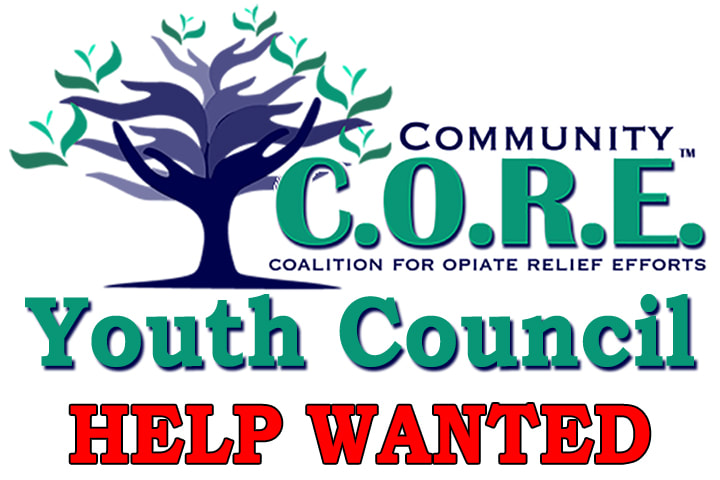

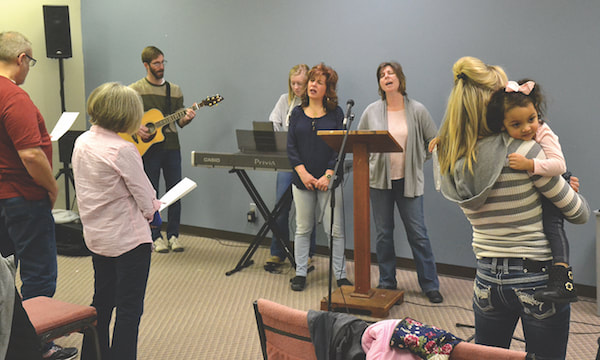
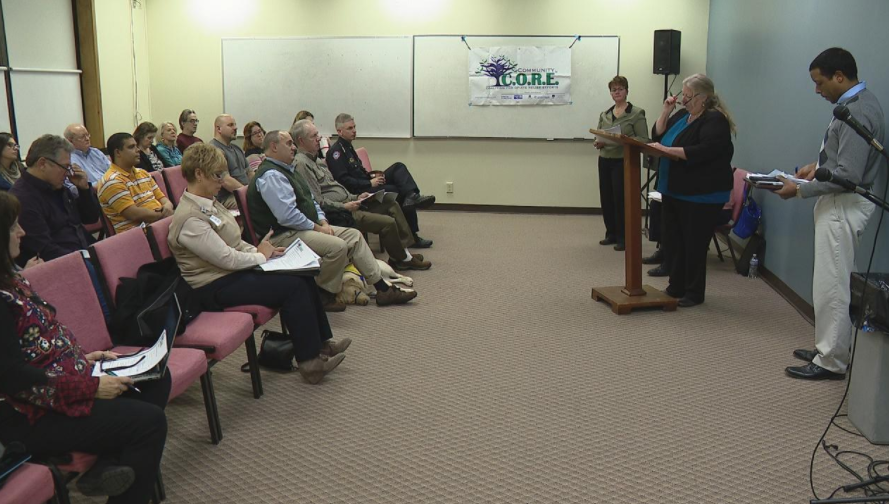
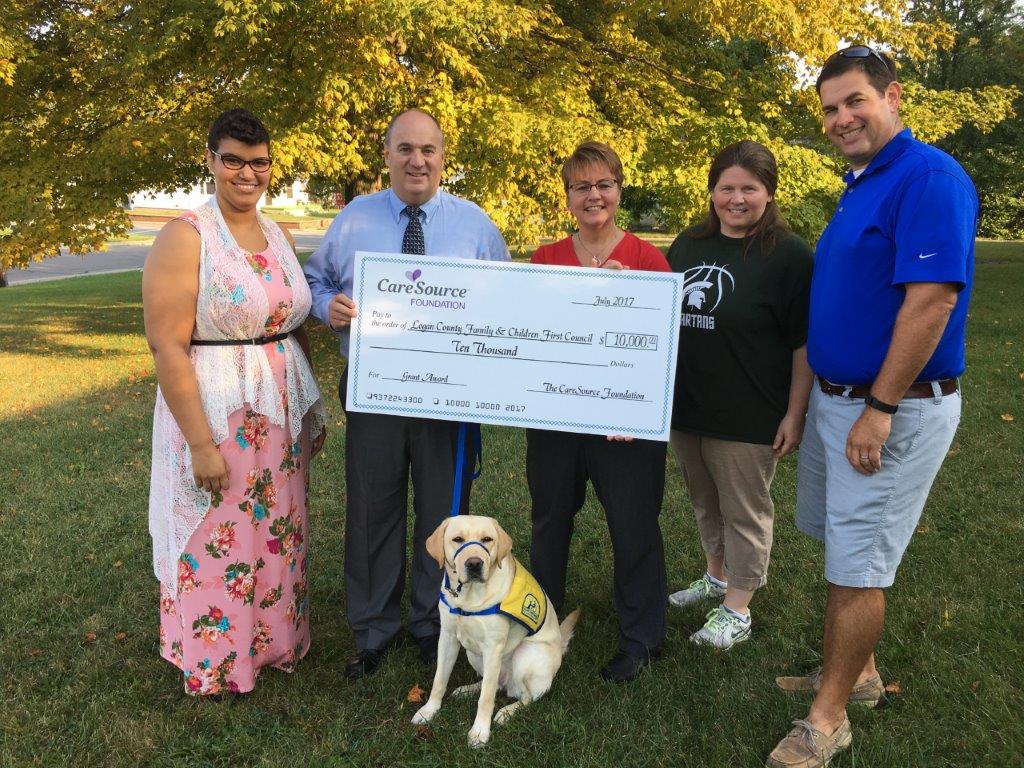
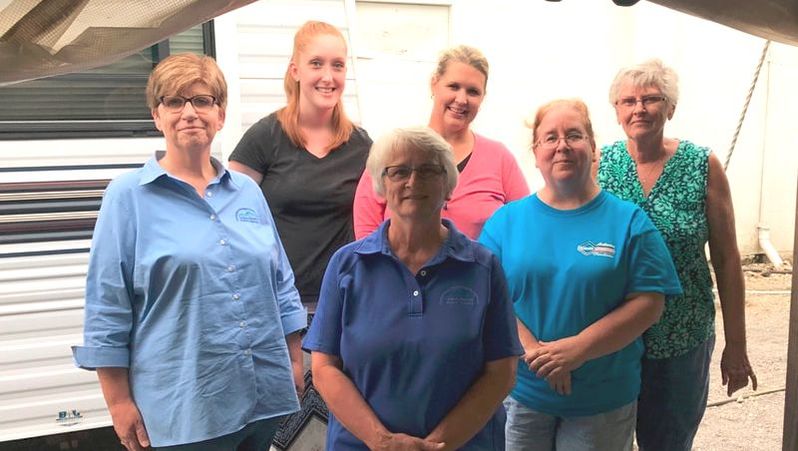
 RSS Feed
RSS Feed
